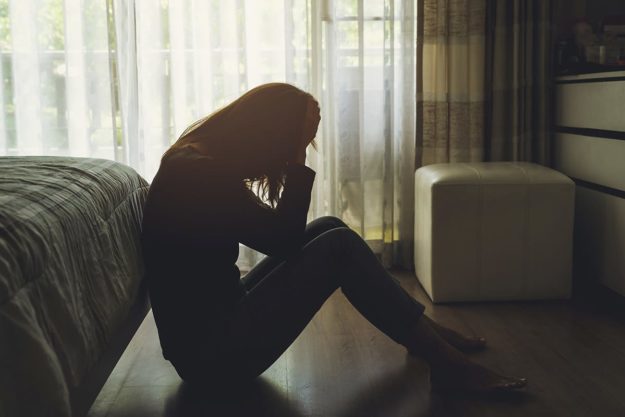How Mental Illness Affects The Body
Mental health and physical health are deeply connected. When a person is experiencing mental illness, it can manifest physically in a variety of ways. Therefore, side effects of mental illness often include physical ailments of the body. It’s important to know how mental illness affects the body. Some common physical side effects of mental illness…









